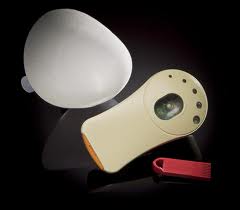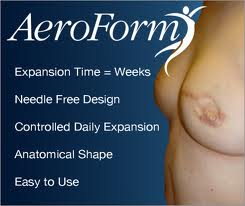While current implants offer excellent results in breast augmentation, they are not perfect. One of the concerns both before and after breast augmentation for many patients is…what if they are not big enough? And even if they appear of good size right after surgery, some women will eventually feel after time that they are not adequate anymore due to their familiarity with them. So it would useful if one could simply change the size of the implant a little bit without the need for further surgery.
The idea of an after surgery adjustment to the volume of a breast implant has been around for some time. It is not an obscure concept and is used regularly as a basic breast reconstruction technique. And it is used by a few plastic surgeons in cosmetic augmentations who employ these same tissue expanders that are regularly used in breast reconstruction to achieve that feature. Through indwelling or remote ports, extra saline can be added to increase the size of an indwelling saline breast implant. The ports are a nuisance, however, as they might felt on the side of one’s chest and as a result they are not a standard breast augmentation technique.
While the use of postoperative adjustable breast implants for cosmetic augmentation is not around the corner, a potential technologic advance is being developed in breast reconstruction. Usually what happens in breast reconstruction eventually finds its way to cosmetic breast applications as well. Tissue expanders following a mastectomy requires weekly office visits to add saline to the expander to gradually increase its size. Having a non-invasive or even a self-inflating method for breast tissue expanders would be a significant patient benefit, eliminating office visits


Dr. Barry Eppley
Indianapolis, Indiana


